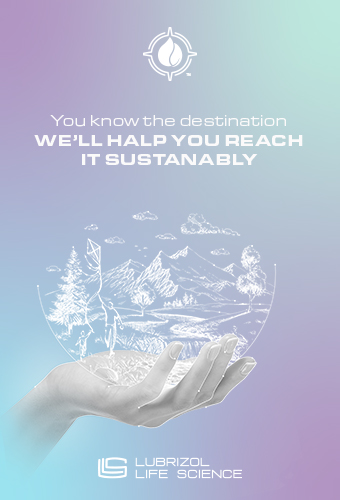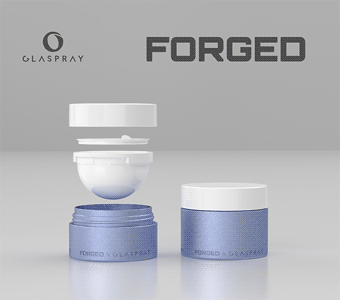The cosmetics industry is increasingly turning to the sea and oceans in the search for new ingredients. “Sea materials from coastal plants, seaweeds, algae, and sea minerals are especially favoured by natural cosmetic companies seeking new sources of innovation. Sea algae, rich in vitamins and minerals, are also becoming a common source of anti-ageing actives,” says market research firm Organic Monitor.
Simultaneously, high demand for marine ingredients is increasing the number of raw material suppliers specialising in such products. The Norwegian firm Aqua Bio Technology, for instance, has developed a novel range of ingredients derived from salmon hatcheries, whilst US-based Heliae is using new strains of algae. Other companies like Lipotec and BiotechMarine are using biotechnology to harvest actives from marine sources.
However, the popularity of marine ingredients is leading to concerns that large-scale sourcing, or non-sustainable production methods, could disrupt marine ecosystems already under strain, due to over-fishing and climate change.
With the cosmetics industry having an insatiable appetite for novel ingredients, Organic Monitor expects marine sourcing to increase in the coming years. The challenge is to combine innovation with sustainability. “In this respect, natural cosmetic firms could lead the way since many have sustainable sourcing embedded in their corporate DNA,” says the market research firm.
There are signs this development is already occurring. The German company OceanBasis has set up a sustainable aquaculture farm in the Baltic Sea to produce algae for its natural cosmetics. The certified farm is providing a sustainable source of active ingredients for its Oceanwell range.
Sustainable sourcing of marine ingredients will be featured in the European edition of the Sustainable Cosmetics Summit taking place in Paris on 21-23rd November, 2013.



































